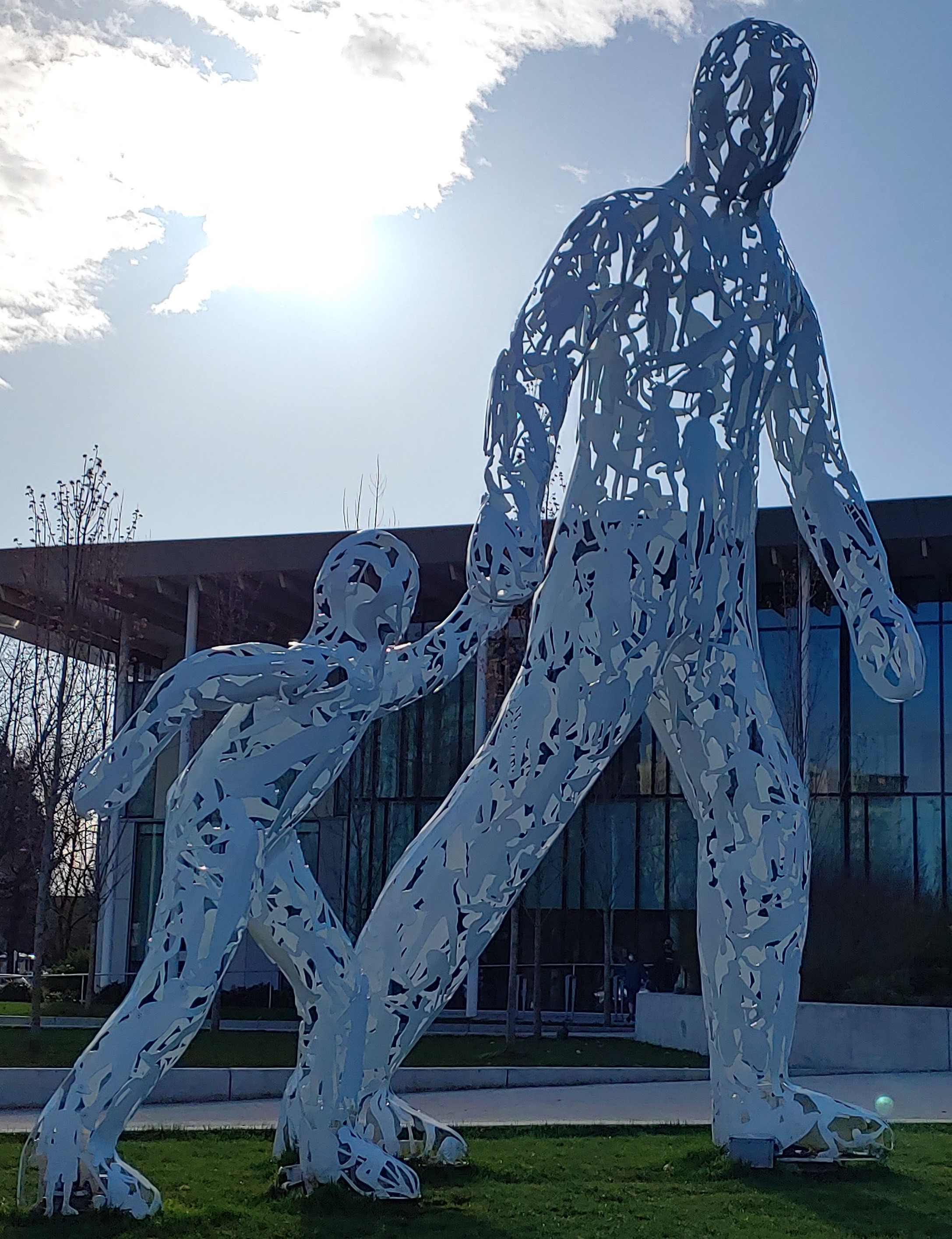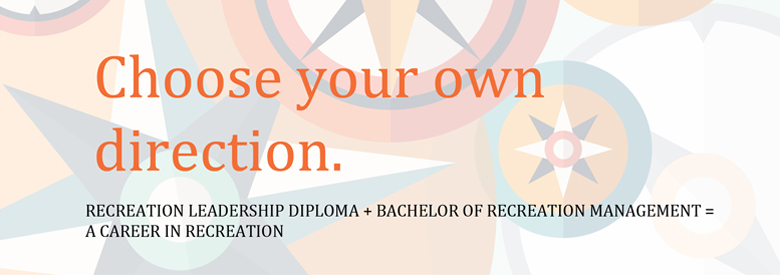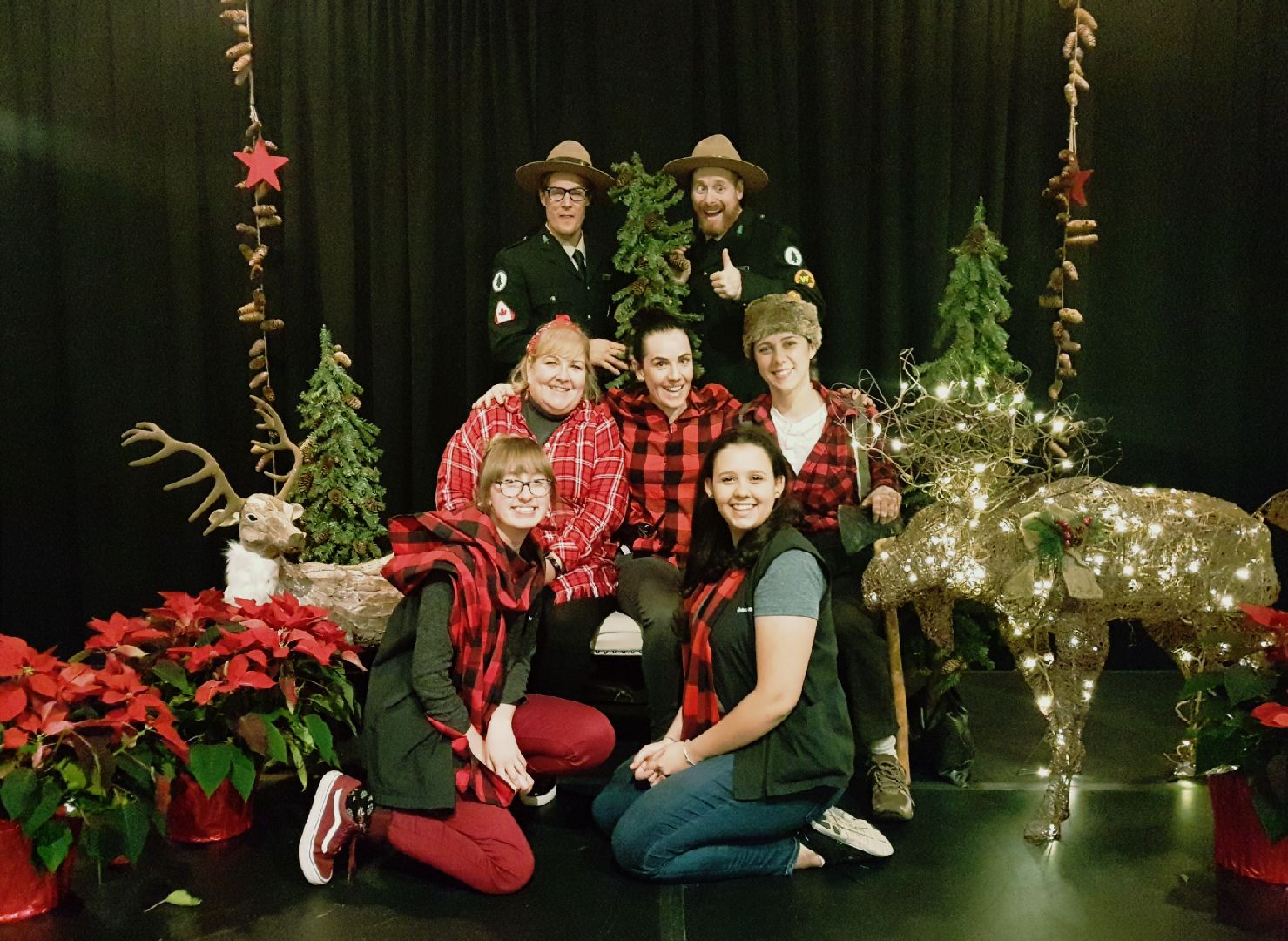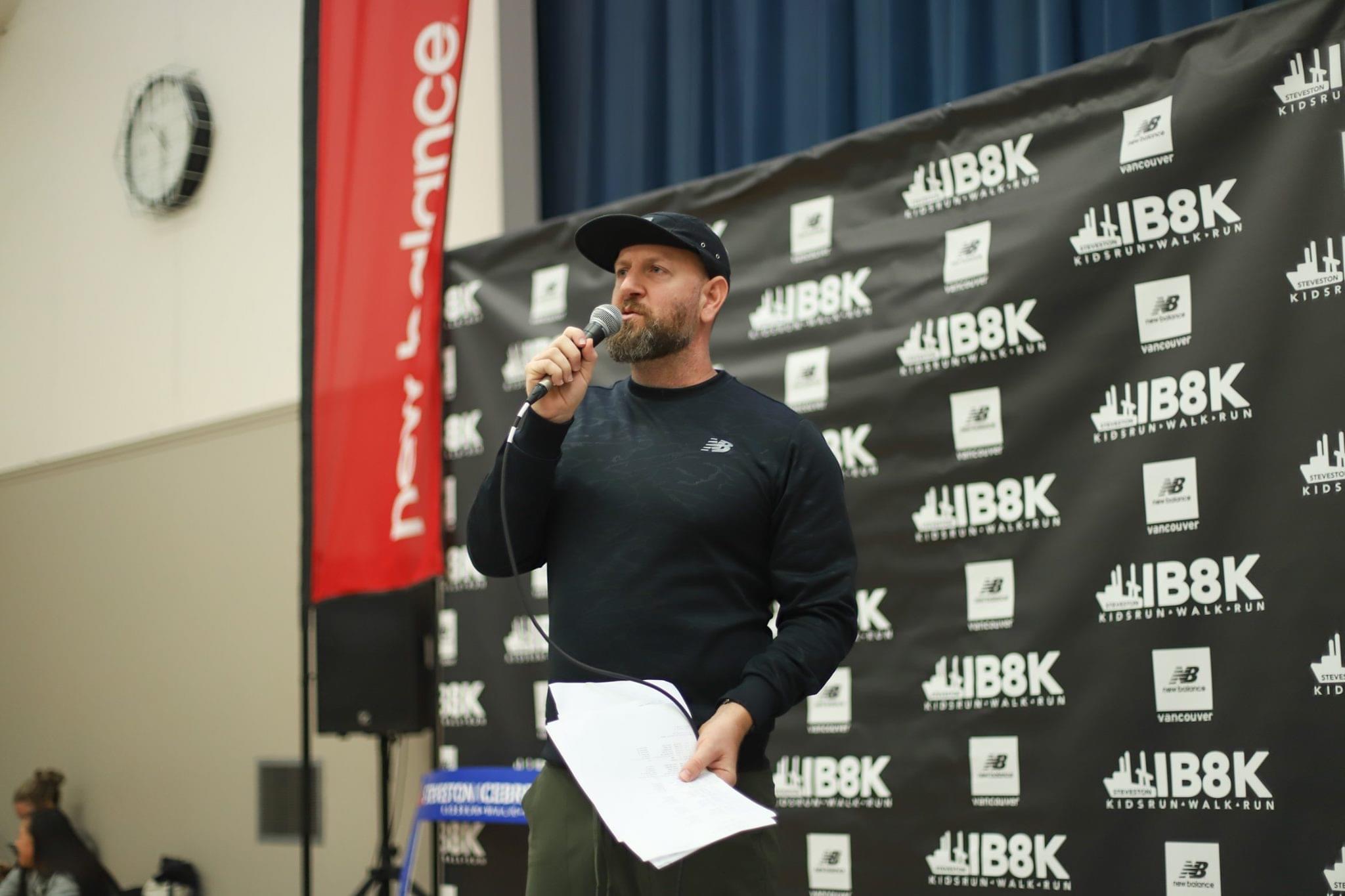2021 RECR 4400: Research Questions
“How does the 55+ BC Games engage older adults to live actively and stay involved in their communities year-round?” – Megan Knight
Canada’s aging population is growing and an important part of keeping British Columbia’s(BC) health care system supported would be to ensure older adults are aging healthy. Being physically and socially active as you age is indicated within the research to enable several positive health outcomes for older adults. A multi-sports games, such as the 55+ BC Games, is proven as a way for older adults to be more social and physically. The 55+ BC games and the society provide programs such as the Give It A Try (GIAT) and Step Up Your Game (SUYG), which indicate to be a major contributors to how exactly the games engage older adults to live actively and stay involved in their communities year-round when the games are not occurring. Key findings in this research were discovering that the main motivators of participation in the 55+ BC Games is establishing new friendships and social connections. Further, that sports programming is highly rated in the lives of older adults, as even community recreation programmers persevere in times of adversity, like the current COVID-19 pandemic, in order to provide and continue programs like the 55+ BC Games as best as they can. The learnings from this research guided recommendations for the BC Senior Games Society (BCSGS) to explore new programs or engagement methods that continue to keep these older adults active throughout the year, to assess their marketing plan to be more inclusive, and ultimately to attract new members. Finally, it is recommended that the Province of BC continue or even increase funding to the BCSGS and give guidance in gathering quality evidence-based health data which will better demonstrate how important the 55+ BC Games is to the health of older adults in the province.
Due to the circumstances of being at a distance from the society and the current COVID-19 health restrictions, there were no photos that could be taken in the environments which connected to my research question. However, bellow is a link to the 55+ BC Games photo gallery (in Flickr). Keep in mind, I was volunteering at the 2019 event in Kelowna… So, without even knowing it, I was already preparing for my research! See all albums from 2019.
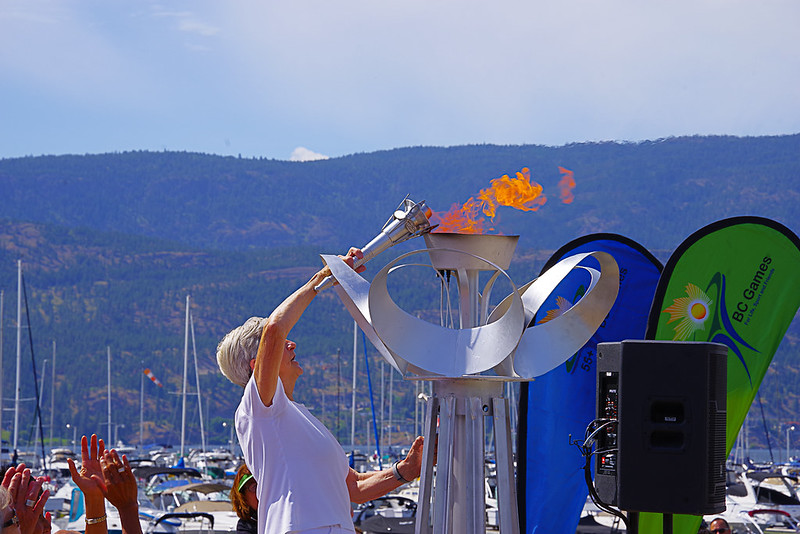
“What motivates senior men aged 65-85 to participate in recreation and what can Chartwell Retirement Residence do to increase participation?” – Alanna Tieszen
Although there is a higher percentage of women than men in retirement facilities, the program offerings at Chartwell Retirement Residences are predominantly female focused and do not encourage men to participate. Despite the fact that the organization strives to offer recreation programs that focus on the “interests and needs” (Chartwell, 2021) of every individual who resides at a Chartwell property the program offerings mainly consist of aromatherapy, crafts and sing-alongs which do not reflect the organization’s mission “to provide a happier, healthier and more fulfilling life experience for seniors,” both men and women (Chartwell, 2021). There is a lack of representation of the kind of people who reside at a Chartwell Residence throughout the company's online presence, and both men and women are not accurately represented on the organization's website. This decision is making future prospects and current residents wonder, does Chartwell know their clientele and what it is truly like to live at a Chartwell residence? In order to increase male participation, it is important to offer male focused programs that are informal, predominantly filled with socialization. Each Chartwell property should provide a designated space for males where they can gather, interact and engage in recreation. The Lifestyle and Program Manager of a Chartwell Retirement Residence needs to be given the tools to educate senior men about the benefits of recreation and how to encourage men to participate in all dimensions of wellness, including physical, social, intellectual, emotional, spiritual and vocational. Senior men need to be provided with a welcoming atmosphere and spaces that are designated to their interests. Chartwell Retirement needs to design programs that acknowledge male health concerns and provide opportunities to discuss their barriers to recreation. The company needs to recognize and change the large majority of programs that are designed for women and reevaluate the programs that once suited the majority of senior men but are no longer applicable. Programs that are interesting, helpful and provide personal interaction are the foundational aspects that Chartwell should consider when designing their program offerings, which evidently will increase male participation.
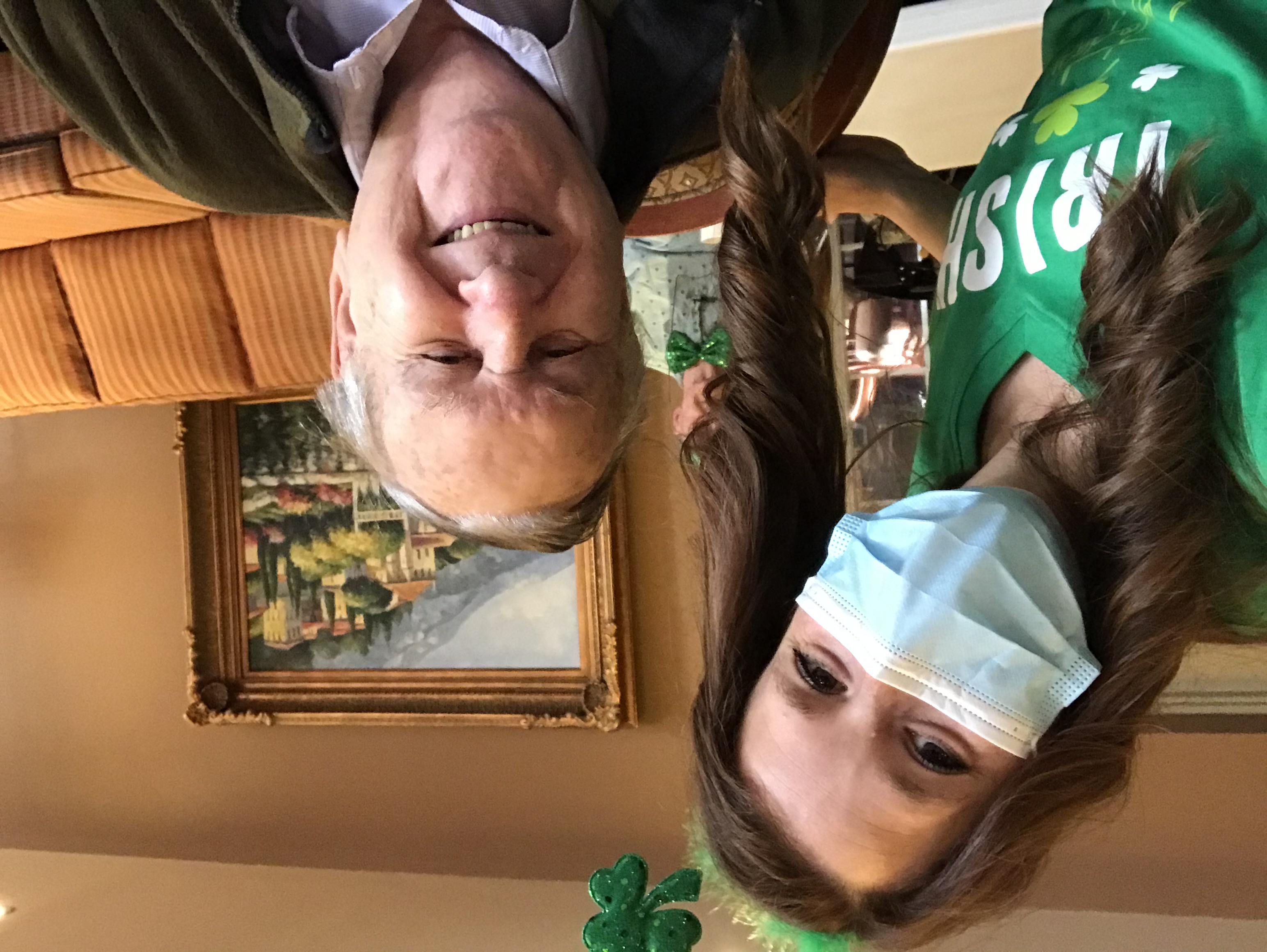
Reference
Chartwell. (2021). Lifestyle and Program Services. Life Enrichment at Chartwell . https://chartwellret.sharepoint.com/sites/LifestyleProgramServices/SitePages/home.aspx. (List B)
“How do children ages 3-5 benefit from ongoing preschool programs focused on natural environment learning and how can West Shore Parks and Recreation use this information to promote their programs?” – Susy Lamb
I found that there were multiple benefits for outdoor environment education for preschool children. However, not all outdoor environments are created equal with natural spaces and green spaces having more of a variety of benefits than playgrounds. Outdoor environments encourage 'risky play' which helps develop motor competence, coordination and balance which is also increased due to the ability to play with moving objects versus static equipment. These spaces also facilitate more creative and imaginative play because there is no preset/determined function like with playground equipment. A child's ability to concentrate and focus is also improved when in natural spaces which is supported by Attention Restoration Theory which believes that natural spaces allow for fascination which is a type of focus that takes no effort. Direct attention is the opposite which is focus requiring effort and we get fatigued by this type so the natural environment restores our capacity for this. A child's ability to control their behaviour is a consequence of this as well. Studies have shown the self-regulation improves when children spend time outdoors. Peer-play improves because of this as well as taking directions from teachers. Another benefit of outdoor education that affects peer-play is the ability to spread out and distance when children are frustrated or upset with other children. There is also less competition for toys and valuable objects. One finding I noticed during my primary research was children that were having trouble with separation anxiety in the indoor preschool seemed to do better in the nature preschool. They were able to stay and participate, eventually withdrawing from the indoor preschools to add extra days in the nature preschool (preschools are daily registration and often children will do multiple preschools). Psychoevolutionary Theory could explain this finding because it states people's stress levels reduce in outdoor, natural environments. Having their overall stress levels brought down could aid the children in feeling more calm in the program and better able to emotionally handle being separated from the primary caregiver. West Shore Parks and Rec should use the information to promote all their preschool programs since they are all required to spend a certain amount of time outdoors due to licensing regulations so all preschool children could see these benefits. I also recommended that they review their handbooks to include this information as well.
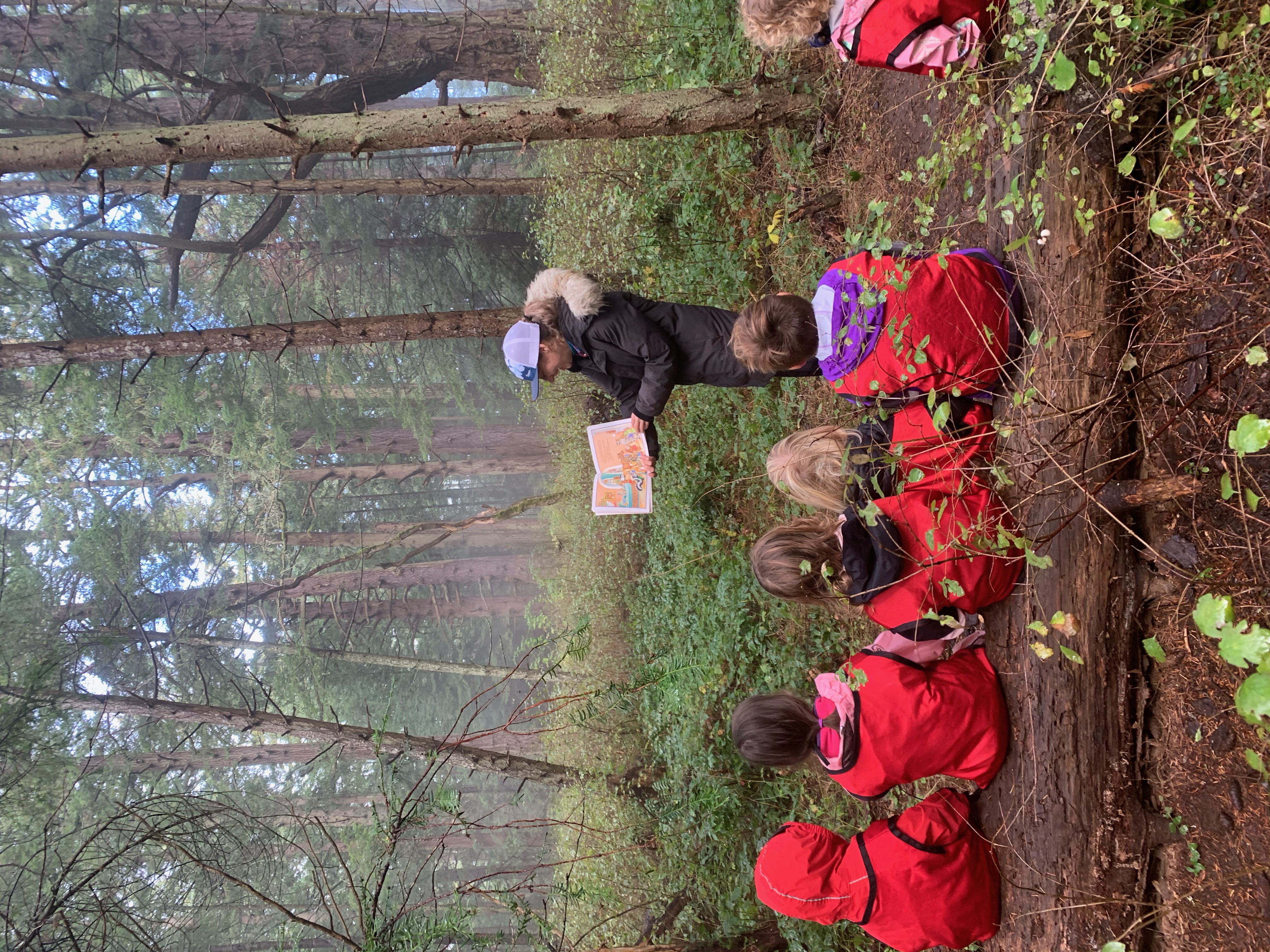
“How can arts centered initiatives help meet the City of Burnaby's corporate strategic goal of becoming a healthy city?” – Caragh Robinsmith
Unexpected moments of joy are experienced when residents are offered unique arts centred initiatives that act as a catalyst to bring people together, fostering a sense of trust and understanding among people from diverse backgrounds. The act of engaging in creative expression facilitates opportunities for self-development, personal growth, a deeper sense of belonging and a more purposeful life. Arts based leisure can increase the health and wellness of Burnaby residents as art bridges gaps in knowledge, encourages conversations and develops opportunities for increased empathy and social trust. There are many ways that arts based community initiatives can contribute to improved mental, physical, emotional and spiritual health, and local governments and community agencies can play an important role in the promotion of population health. The health benefits of engaging in arts based outdoor leisure is well documented and there is considerable literature existing linking arts to wellness in the eudaimonic (holistic) sense of health. Data supporting the connections between health and the arts has been collected for this project through a series of methodological approaches with various stakeholders, including interviews with municipal staff, local artists and instructors, observation of recreational park users and analysis of social media engagement levels by residents in relation to a video initiative. Final recommendations include the need to build on existing relationships with like-minded arts organizations while identifying potential for new community partnerships and collaborations. Ultimately, the City of Burnaby can work to become healthier through facilitating meaningful and collaborative arts initiatives that encourage the growth of social capital and placemaking. Engaging with each neighbourhood mindfully and offering arts initiatives that are unique to each community creates feelings of pride and a sense of belonging that also leads to a healthier, more diverse and resilient city.
“What are the benefits of outdoor recreation for children ages 6-12 and how does the City of Burnaby support this age group with outdoor recreational opportunities?” – Kristina Holtz
The City of Burnaby offers a wide range of outdoor recreation programs along with a vast collection of parks, trails, and playgrounds for the public to enjoy on their own. Research indicated that the programs are sought out for various reasons including a safe learning environment for children to explore natural spaces, ability to participate in a sport and getting fresh air were all indicated from the interviews conducted. Outdoor recreation and natural environments are of significant importance to everyone, but perhaps especially to children ages 6-12 as their brains and bodies grow and develop. “Nature stimulates the senses and invites creativity through the complexity of possibilities for play and learning and work, through a kind of osmosis, through ecstatic experiences” (Louv, 2016 p. 49). To encourage a community of healthy individuals, starting healthy habits at a young age can have a positive impact on how adults deal with the stresses of daily life. “The more nature experiences they have, the more healthy habits they adopt” as adults (as cited in Louv, 2016 p.156). “The more nature-based activities participants participated in during their childhood, the more they desire participating in such activities during adulthood” (Asah et al., 2011 p. 559). Frequent experiences in outdoor recreation and in nature can facilitate important relationships with the people that we have these experiences and with nature itself, bringing families and communities together with shared meaning and purpose.
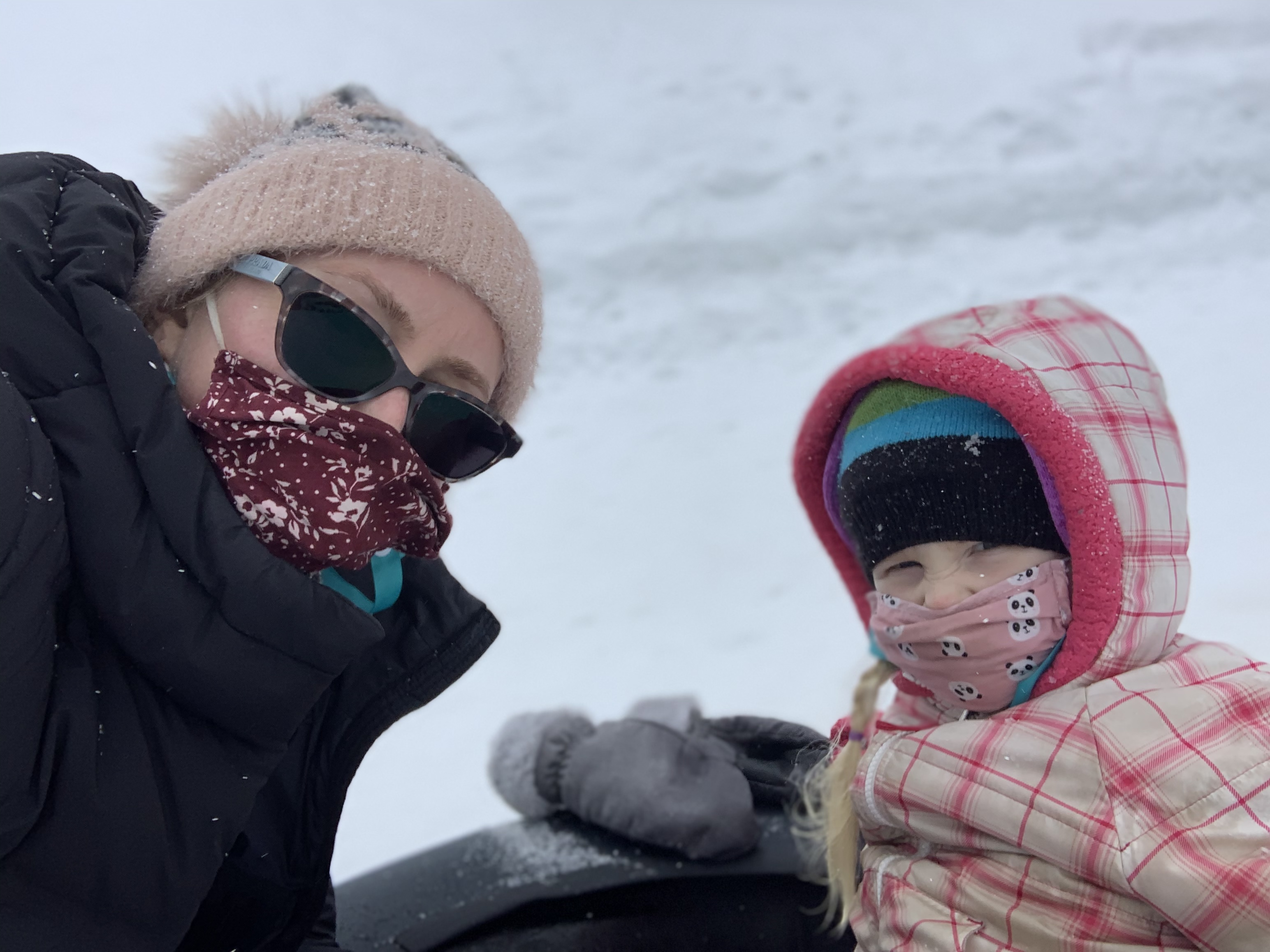
References:
Asah, S.T., Bengston, D.N. & Westphal, L.M. (2011). The Influence of Childhood: Operational Pathways to Adulthood Participation in Nature-Based Activities. Environment and Behvavior, 44 (4), 545-569 DOI: 10.1177/0013916510397757
Louv, R. (2016). Vitamin N: The Essential Guide to a Nature-Rich Life. Algonquin Books of Chapel Hill.
“What motivates girls to participate in community sports and sports programs, and how can the City of Richmond encourage females to foster a lifelong pursuit of physical activity and sports?” – Jared Hulme
The importance of sports and physical activity has been studied and documented for decades, but sadly, eighty-two percent of 16-63 year old women in Canada do not participate in sports weekly (Women & Sports, 2021). The Rally Report which was a compressive study of Canadian females ages 13-63 revealed that females are dropping out of sports at a much higher rate than males (Rally Report, 2020). There is a huge disparity in participation numbers of boys to girls, and many females are not maintaining lifelong roles in sport participation, sport leadership, and physical activity. In collaboration with the City of Richmond, this report explored what motivates girls to engage in physical activity and sports, barriers girls are faced with, and strategies for the City of Richmond to provide females more opportunities to participate in sports, so they can live physically active and healthy lifestyles. It examined the history and literature of gender inequity in sports, analyzed statistical data and reports, and discussed what the government of Canada aims to change.
The City of Richmond has been a leader in British Columbia in developing physical literacy initiatives, creating cutting-edge recreation programming, producing quality events, and now has the opportunity to continue serving its citizens by pursuing gender equity in sports and the increase of female participation. From various facets within the City of Richmond, Richmond School District and Richmond Sports Community, the researcher conducted 15 interviews from a wide range of backgrounds: recreation professionals, teachers and administrators, community coaches, and female athletes and sports instructors. From the interviews and research conducted for this study, it revealed many obstacles females are facing in sport and recreation participation, and there were six key recommendations that are proposed to drive change. The aim of this paper is to bring awareness to this issue in Richmond, to be a springboard for work to be done in the field of gender inequity in sports, and to advance the start of the development of the City of Richmond’s ‘Increasing Women and Girls’ Participation in Recreation and Sport Strategy’ (Recreation and Sport, 2019, p. 33).
Key action items to drive change:
- Involve girls and women in the design, delivery and evaluation of sports programs with intentional design for females and their needs, wants and capabilities.
- Apply a gender lens to decisions by asking “how will these decisions impact females differently?”
- More training opportunities and seek training to educate others on the unique needs and experiences of girls and women; more female role models and leaders are vital.
- Change the everyday language “hey guys, you kick like a girl, this sport is for boys, boys first, etc.” – small changes can have giant results. Words matter and words hurt.
“By 10 years of age, if a girl has yet to participate in sports, there is only a 10% chance that she will be physically active as an adult“ (CAAWS, 2016).
“How can public recreation centre be more accessible to vulnerable populations?” – Nick Bonnett
This applied project focused on the Parkinson Recreation Centre and the Active Living & Culture Division of the City of Kelowna. My secondary research found strong evidence highlighting the benefits of accessing recreation for vulnerable or marginalized populations such as those at risk of or experiencing homelessness including themes of supporting the development of life and social skills and the potential for improved physical, mental, and spiritual engagement. Primary research noted many ways that the City of Kelowna has taken intentional steps towards the support of vulnerable populations through its corporate strategies, council priorities, program offerings, and other documentation. Personal interviews with people of varying levels of influence regarding the ways recreation and related facilities can impact vulnerable populations indicated there is a strong desire to support all people in the community. Observations made at the Parkinson Recreation Centre contributed to a better understanding of how the space could be better utilized in support of the research question. It was clear that some recreational and supportive resources exist but changes in policy, delivery, and culture would be required to really make a meaningful impact.
The following five recommendation were formed out of the research and, if implemented, would answer the research question:
- Implement employee training/education programs to increase overall awareness, empathy and knowledge on the topic of vulnerable populations and the barriers that exist in their recreation participation.
- Develop and empower a divisional inclusion committee whose role it would be to investigate existing policies and programs to ensure they were inclusive to vulnerable and marginalized populations while promoting and advocating for inclusiveness and accessibility.
- Investigate and pursue external partnerships that can contribute to increased accessibility and inclusivity of vulnerable populations at the Parkinson Recreation Centre.
- Expand upon existing internal services to improve accessible and inclusive use by vulnerable populations.
- Increase cultural and Indigenous diversity representation at the Parkinson Recreation Centre.
Vulnerable populations face unique barriers to their survival and therefore require unique solutions in order to address the problem. The recommendations presented, if approached with a systems lens and a socially holistic view, can result in improved inclusivity in recreation and increased opportunities/access to existing recreational systems such as public recreation centres. Such actions would allow the City of Kelowna to support a wider range of people in finding wellness and experiencing healthier lifestyle outcomes.
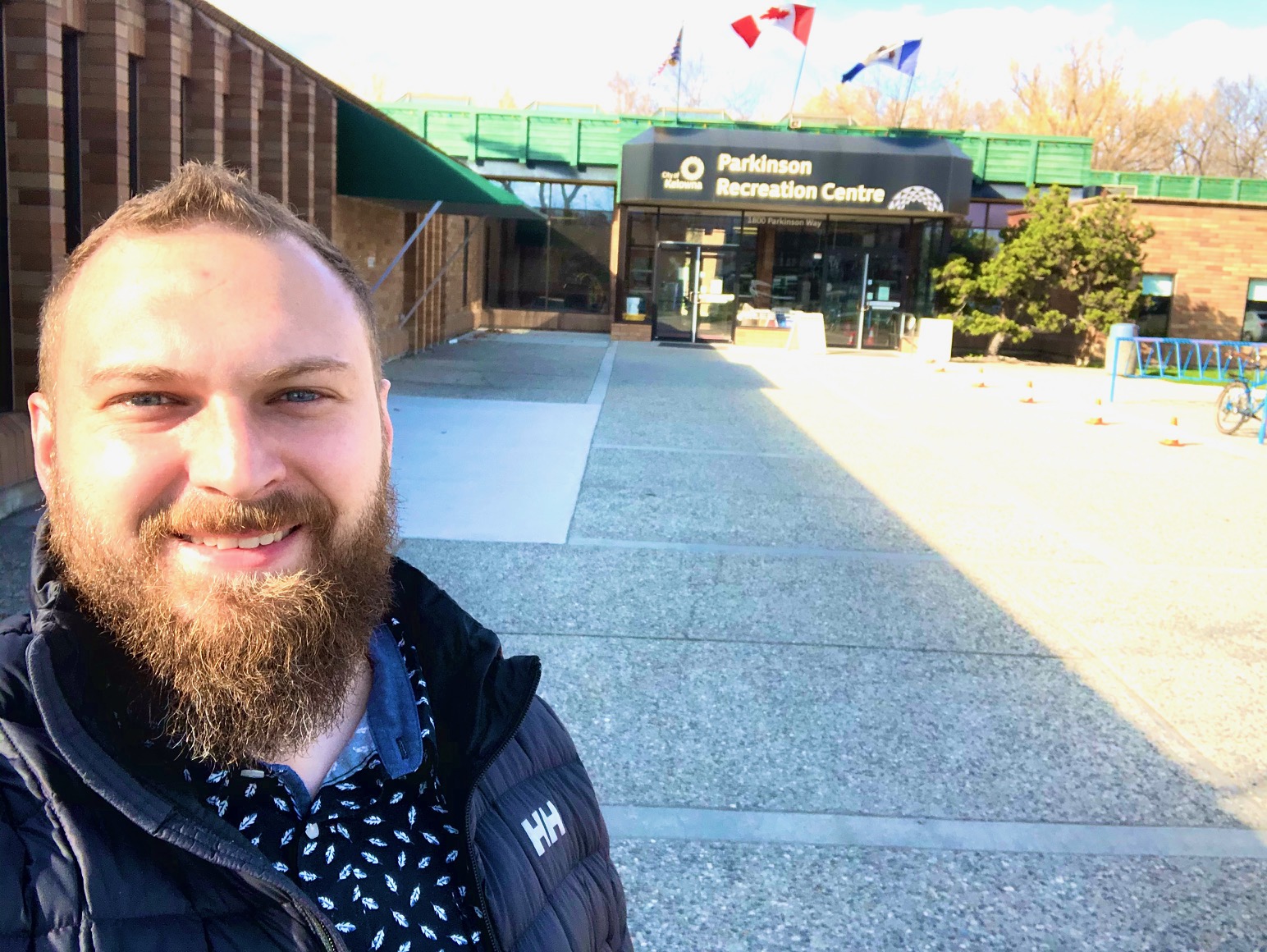
“What new approaches could the City of Campbell River apply to planning recreation programs for adults and why is this important?” – Janice Sandholm
The art and science of recreation programming is complex. Recreation professionals working for municipally funded organizations are obligated to plan strategically for adult-focused recreational experiences and be accountable to the public and government (Jordan & DeGraaf, 2019). However, programmers interviewed for this research acknowledge resources are finite, and programmers cannot be all things to all people. This research project concludes programmers, as servant leaders, should use a variety of programming strategies to align with best practices and next practices.
Recreation programmers are the new innovative ‘intrapreneurs’ (Bhatt, 2020; Edginton et. al, 2019). Intrapreneurs focus on the big picture, not just the numbers, and have influence beyond the status quo. Intentionally designed (Rossman & Schlater, 2019), integrated community development (Jordan & DeGraaf, 2019), and rapid innovation programming approaches (Duerden et al., 2016) are a few examples of approaches investing in why adults of varying ages and stages seek out recreation experiences. Great programming opportunities begin with great life stories. Getting out of facilities and into the community to engage with individuals, and specific groups, increases a programmer’s ability to understand leisure participation motivations, values, and needs.
Best practice involves focused annual program planning processes that include written workplans, strategic goal planning, clear priorities, desired intentions, and impacts to measure success. Each community has existing documents, such as an Official Community Plan or Recreation and Culture Strategy to guide programming priorities. Programmers benefit from taking a ‘helicopter perspective’ and stepping back from the narrow daily view of their work. Strategic documents connect recreation to important societal issues, providing guidance, and establishing benchmarks.
Recreation as a field has proven to be resilient and next practice recognizes programmers can pivot when required (Bhatt, 2020). The complexity of programming for adults in a fast changing society is more than satisfying the desires of a demanding segment of communities. Programmers with big picture thinking, an ear to the street, and a laptop of tools can best move with the local beat to direct energy and resources where the effort makes the greatest impact.
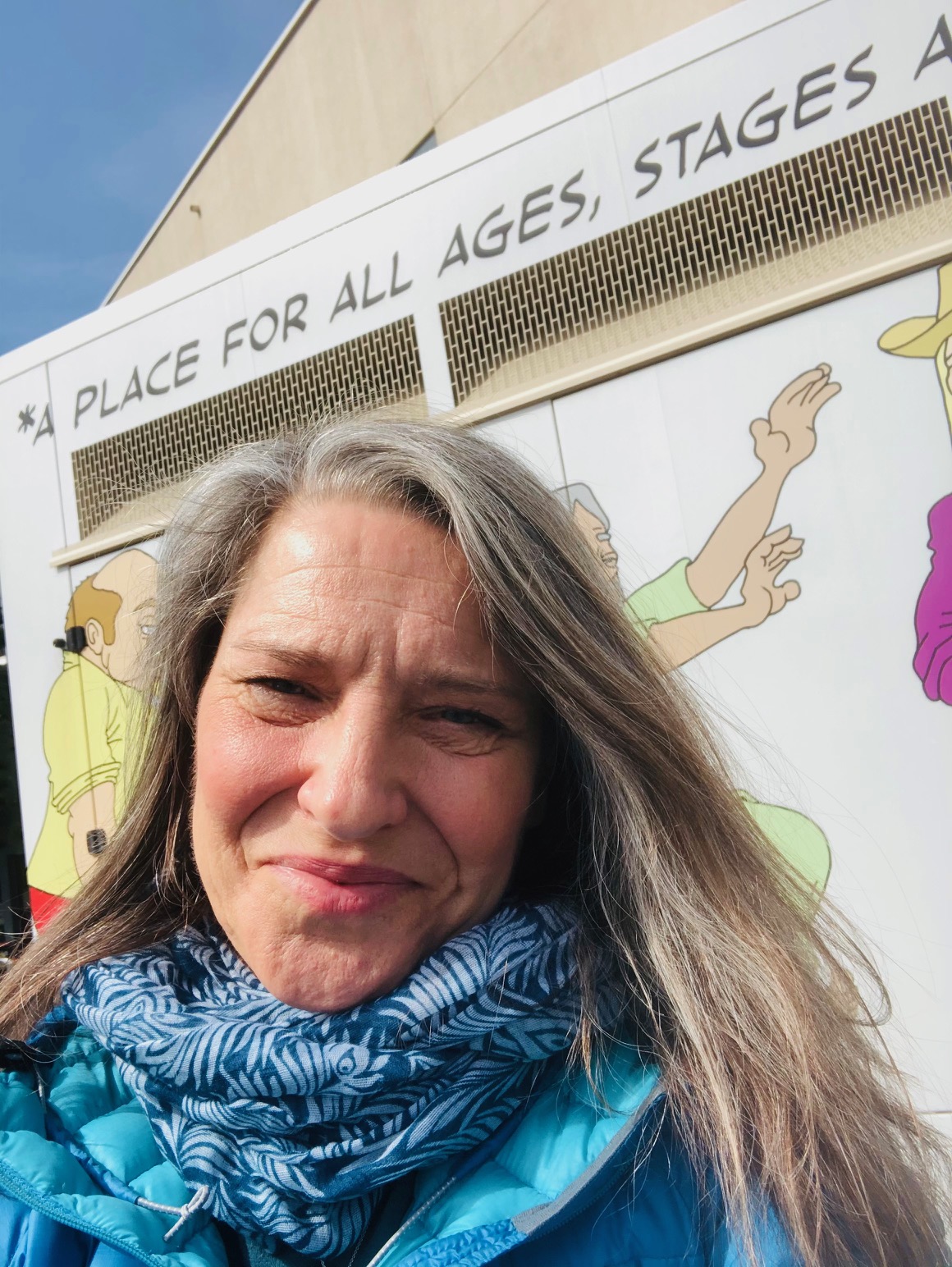
References:
Bhatt, N. (2020). Parks and recreation in a post-pandemic world. From best practice to next practice, the top 10 trends impacting the field. Parks & Recreation NPRA monthly magazine. July 2020.
Duerden, M.D., Lundberg, N. and Shurma, D. (2016). Facilitating innovation in leisure service organizations. Journal of Parks & Recreation Administration, 34(2), 49.
Edginton, C.R., Dieser, R.B., Lankford, S.V. & Kowalski, C.L. (2019). Recreation & leisure programming. A 21st century perspective. Urbana, IL: Sagamore Venture.
Jordan, D. & DeGraaf, D. (2019). Programming for parks, recreation, and leisure services: A servant leadership approach. 4th Ed. Urbana, IL: Sagamore Publishing.
Rossman,J.R. & Schlater, B.E. (2019). Recreation programming and designing, staging and managing the delivery of leisure experiences. ProQuest E-book Central. Sagamore-Venture.
“Why is evaluation important in recreation programming, and how can New Westminster Parks and Recreation Staff better evaluate their programs in order to fulfill their intended goals and objectives?” – Hannah Glavin
Recreation and leisure services, in a community recreation setting, are designed with the intention to provide their community members with opportunities to learn, explore, socialize, and grow. In addition to these elements of program design, there are also benefits of intrinsic satisfaction, engagement, and freedom. (Rossman & Schlatter, 2015) These are the foundational design building blocks for recreation, and it is the role of community recreation professionals to provide high quality recreation experiences to the communities that they serve. (DeGraaf, 2010) The outcome of high quality recreation services go beyond customer contentment, and also provide the participant with an exceptional experience and deep personal gratification. (DeGraaf, 2010) Evaluation in recreation programming can serve as a tool to aid recreation professional in the pursuit of high quality programming as it offers a recreation practitioner and an organization as a whole with a wealth of information on the status of their programming and informs necessary changes in order to better serve their community. (Degraaf, 2010)
Providing a recreation organization with a guide on how to better evaluate their programming can not only help reduce the barriers to effective evaluation including time consumption, high cost, and lack of evaluation expertise, it offers the organization the information on how to confidently and competently determine the needs of their program through a developed evaluation system. (Hawkins et al., 2020) An informative evaluation system is not, however, produced by a one size fits all system. There is no singular framework that incorporates the style, nuances, and program specific goals of an organization. Instead, by involving those who are involved in the delivery of the program including the instructor, the participant, and the program coordinator, ensures a well rounded perspective of the status of the program. (United Way, 2019) In addition, adopting a continuous evaluation system, documentation system for evaluation, and ensuring evaluation and problem solving at the forefront of conversation with other professionals, supports the transformational and evolving nature of programming in the scope of community recreation services and ensures the delivery of high quality recreation services. (DeGraaf, 2010; Hawkins et al., 2020)
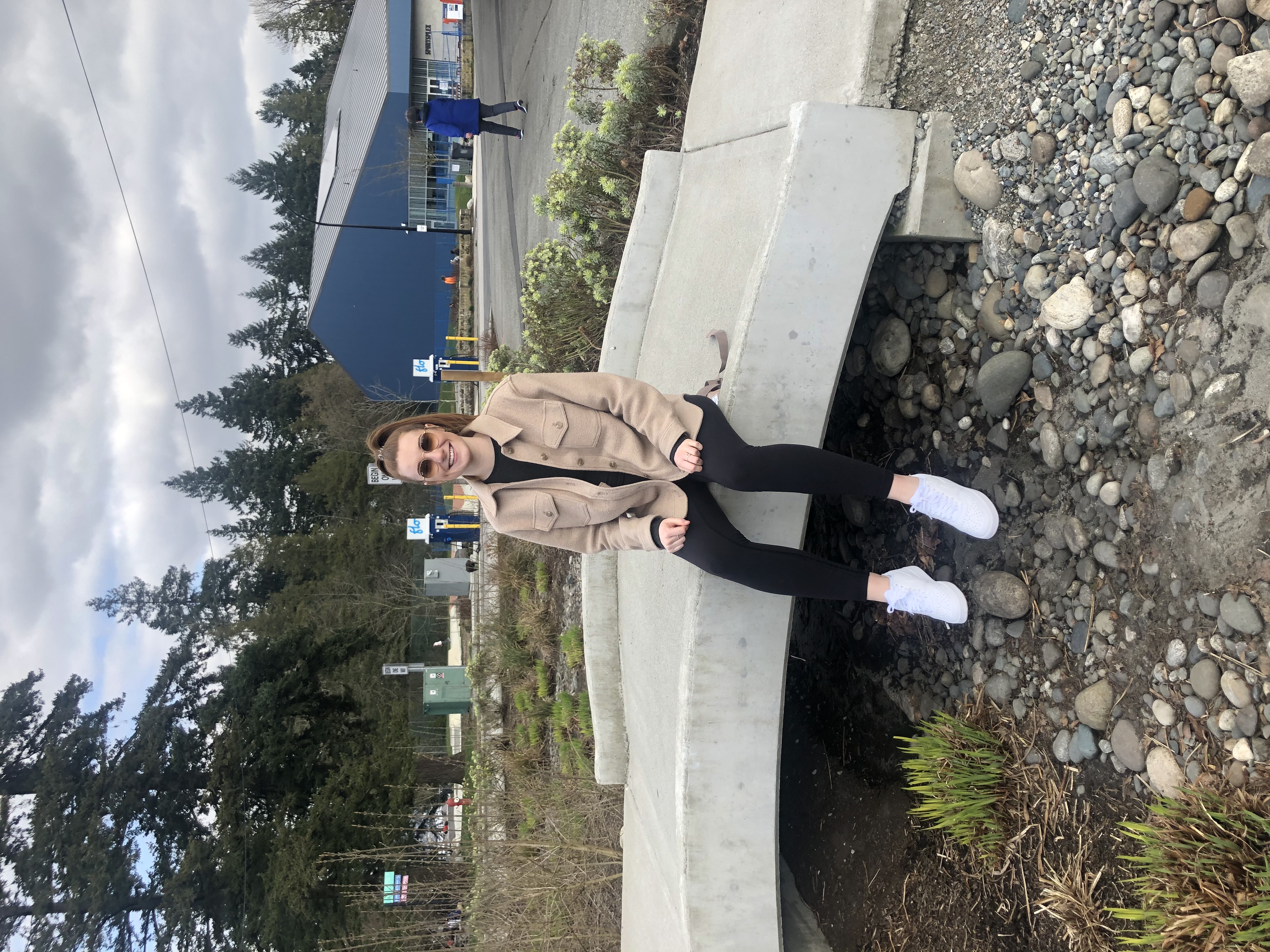
References:
DeGraaf, D. G., Jordan, D. J., & DeGraaf, K. H. (2010) Programming for Parks, Recreation, and Leisure Services: A Servant Leadership Approach. (3rd ed.) State College, PA: Venture Publishing.
Hawkins, A. J., Clyde, T. L., Doty, J. L., & Avellar, S. (2020). Best Practices in Family Life Education Program Evaluation. Family Relations, 69, 479–496. DOI:10.1111/fare.12420
Rossman, J.R., Schlatter, B.E. (2015) Recreation Programming: Designing and Staging Leisure experiences. Recreation Programming.( 7th ed., pp. 1-33). Retrieved from: https://www.sagamorepub.com/sites/default/files/2018- 07/recreationprograminggalley.pdf
United Way (2019) Project Impact: Healthy Aging. Portland, OR: Dialogues in Action.
“What are the needs of Chinese seniors living in the Vancouver Downtown Eastside neighbourhood and how can Carnegie Community Centre improve/adapt its programs and services to better meet their needs?” – Lily Cheung
Chinese seniors living in the Vancouver’s Downtown Eastside face many barriers that affect their quality of life. They experience challenges that include economic insecurity, lack of home support and housing, food insecurity, inadequate health systems and services, limited leisure opportunities, inaccessible transportation, lack of social and cultural diversity (social capital) within their community, unfair legal protection, and fear of safety (City of Vancouver, 2010, p. 12; JTW Consulting et al., 2015, p. 7). Language barrier is the biggest challenge that Chinese seniors living in the Downtown Eastside encounter. With the inability to understand and communicate in English, they are unable to ask for assistance, and are unable to access programs, services, and resources in their neighbourhood. Carnegie Community Centre (“the Carnegie”), operated by City of Vancouver, is the main community centre located in the Downtown Eastside. The Carnegie offers programs and services to promote health and wellness to community members living in the neighbourhood. Unfortunately for many Chinese seniors, they are either unaware of the programs and services offered at the Carnegie or have challenges accessing them due to barriers. To determine what the Carnegie can do to better support Chinese seniors, different research methods were conducted to better understand the needs of the Chinese seniors they serve. To improve the accessibility of their programs and services to the Chinese senior population, all promotional materials could be translated into Chinese. This will bring awareness to the Chinese seniors about activities that are happening. In addition, hiring more staff who can speak the Chinese language would increase Chinese seniors’ participation at the Carnegie and increase the quality of programs and services delivered.

City of Vancouver. (2010). Seniors in Vancouver. Retrieved from City of Vancouver: https://vancouver.ca/files/cov/Seniors-Backgrounder.pdf
JTW Consulting; Take Root Studio; Wabi Sabi Planning Lab. (2015). Chinatown Senior Housing Feasibilty Study. Retrieved from Government of British Columbia: https://www2.gov.bc.ca/assets/gov/british-columbians-our-governments/our-history/historic-places/documents/heritage/chinese-legacy/clan-associations-pdfs/vancouver_chinatown_senior_housing_study_finalreport_pdf_19mb.pdf
“How can the 40 Developmental Assets ® and Physical Literacy be combined to implement a Framework for Instructors to use when leading the City of Surrey's Before and After School Care Program?” – Ally Specogna
The 40 Developmental Assets ® is a list of 40 “building blocks” of healthy development in children. These building blocks are divided into external and internal assets. Physical Literacy focuses on being confident and capable in ‘Fundamental Movement Skills’. Three key findings emerged from the primary research: the City of Surrey already has a comprehensive Framework in place for all Programmers, and Instructors to see and use. The Framework has elements and many key terms in common with the 40 Developmental Assets ® and Physical Literacy. Children observed in BASC demonstrated average or proficient Physical Literacy skills, but lacked in certain assets. Lastly, the Instructors at BASC all had knowledge related to Physical Literacy but were unaware of the 40 Developmental Assets ® prior to the interviews. From these key findings, six recommendations were made for programmers and Instructors to develop in order to enhance this city program by better combining or merging Physical Literacy with the 40 Developmental Assets ®. The recommendations that were made targeted the programming side of BASC and making both parents and Instructors more aware of the 40 Developmental Assets ®. Both BASC participants and Instructors are using both Frameworks proactively, however, through more awareness and intention, the Frameworks could be better merged using input from parents and programming decisions by Instructors.
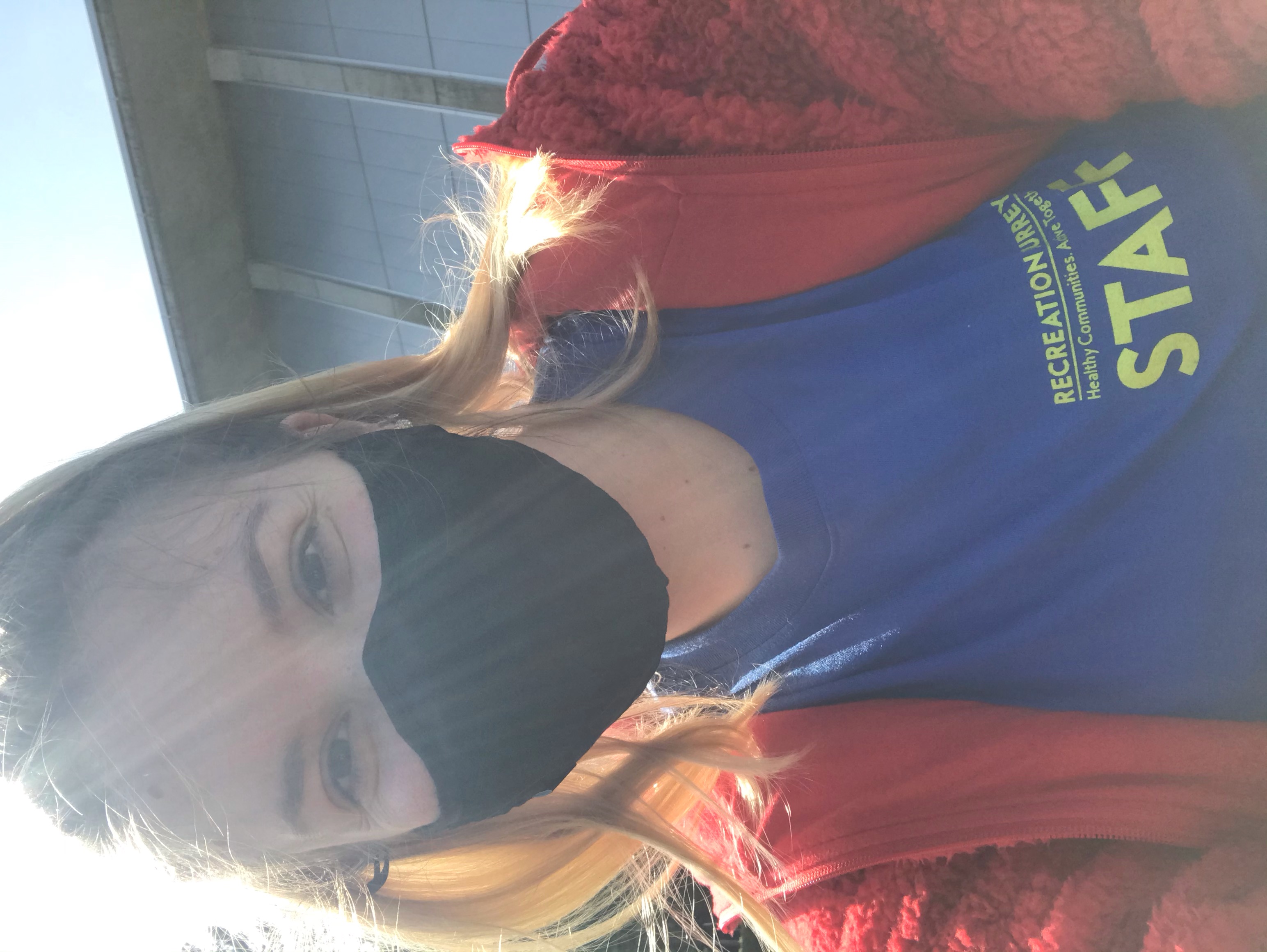
“How can modern technology enhance recreation programming at the Delta View Campus of Care?” – Samantha Jones
Thirteen percent of British Columbian’s are between the ages of 65 and 90+, and by the year 2031, that number is expected to double (British Columbia, 2004). The influx of seniors will require long-term care homes to shift the type of programming they offer. Modern technology (anything that has been introduced to the general public in the past 30 years) at DVCC is not widely used, and with the COVID-19 pandemic requiring restrictions on many activities, modern technology had proved more important now than before. The use of the internet is associated with lower levels of loneliness in care facilities (Cotten et al., 2013), something in which residents have been struggling with more due to the COVID-19 pandemic. Modern technology can play an important role in the lives of people with dementia since it allows for the adaptation to changing circumstances (Smith, 2015). And gaming systems can also help seniors with exercise for extremity dysfunctions.
Recreation Aides in care homes must adapt to the changing demographics of seniors, forcing them to become more creative in the activities they run for the residents. Through research it was found that modern technology will need to be used more in care homes, and the recreation aides who implement activities will need to become more educated in how to incorporate technology into the recreation programs. Recreation aides will also need to be given the proper tools to be able to enhance their offered programs with the help of modern technology.
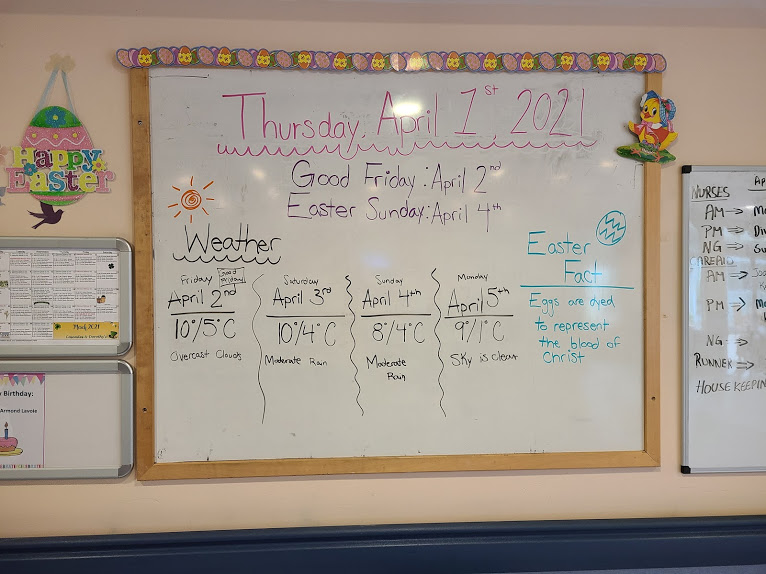
“How beneficial is singing to the wellness of adults, and what benefits and learning opportunities may be present in this area of recreation?” – Nicole Bodnar
To the adult demographic (those between the ages of 19 and 54), research has found that singing can be extremely beneficial to their wellness. Looking at the emotional, spiritual, and social dimensions of wellness, the activity of singing serves to have a more positive impact on adults than negative ones. While some adults can view the activity negatively depending on past experiences encountered throughout the years, such as being told that they are not good enough and should not pursue it, research and many adults show that the benefits and learning opportunities of singing impact their wellness in beneficial ways. Emotionally, singing provides adults with a sense of enjoyment and excitement. It also increased their emotional state in terms of relaxation and meed enhancement, both of which are great for relieving stress and anxiousness. Singing provides adults with the opportunity to connect with themselves spiritually, primarily through recognizing their authentic voice. When adults identify and connect with their body, mind, spirit, and voice when singing, they can better understand their uniqueness and authenticity in terms of not needing to sound like other singers to do it. Their voice is incredible and natural in its own way, and it is by using it that they develop a stronger connection to themselves, core values, and spirit. If an adult is ever unsure about connecting to their authentic voice, a method that they can use to learn it is to print off the original sheet music. In doing this, the adults can learn the notes and lyrics on their own, discover the singing techniques and methods they need to do to sing the song, and strengthen their connection to the song and spirit. In the social aspect of wellness, singing has the most positive impact on this area as the idea of participating in group singing classes or choirs provides numerous opportunities for adults to socialize with others. Through the activity of singing allowing adults to communicate and develop relationships or friendships with one another, they can work to reduce their social anxiety, learn together, and be proud of what they accomplished and presented to the community as a unit. In recognizing all of these benefits and learning opportunities, some recommendations that strive to enhance or provide further opportunities available for adult singing and increasing their wellness are using drop-in singing programs and encouraging further reflection upon themselves. Two other methods include the instructors helping the singers look at the "best moments" they experienced while singing rather than the bad ones to help overcome their negative perception towards the activity and incorporating circle singing and improvisation techniques to enhance their creativity and wellness. The benefits and learning opportunities presenting within the activity of singing demonstrate how beneficial this activity can be to an adult's wellness. No matter where an adult is, they learn more about themselves and their wellness every time they sing. All it takes is for them to truly listen and connect with the musical instrument that will forever be within them, their voice.
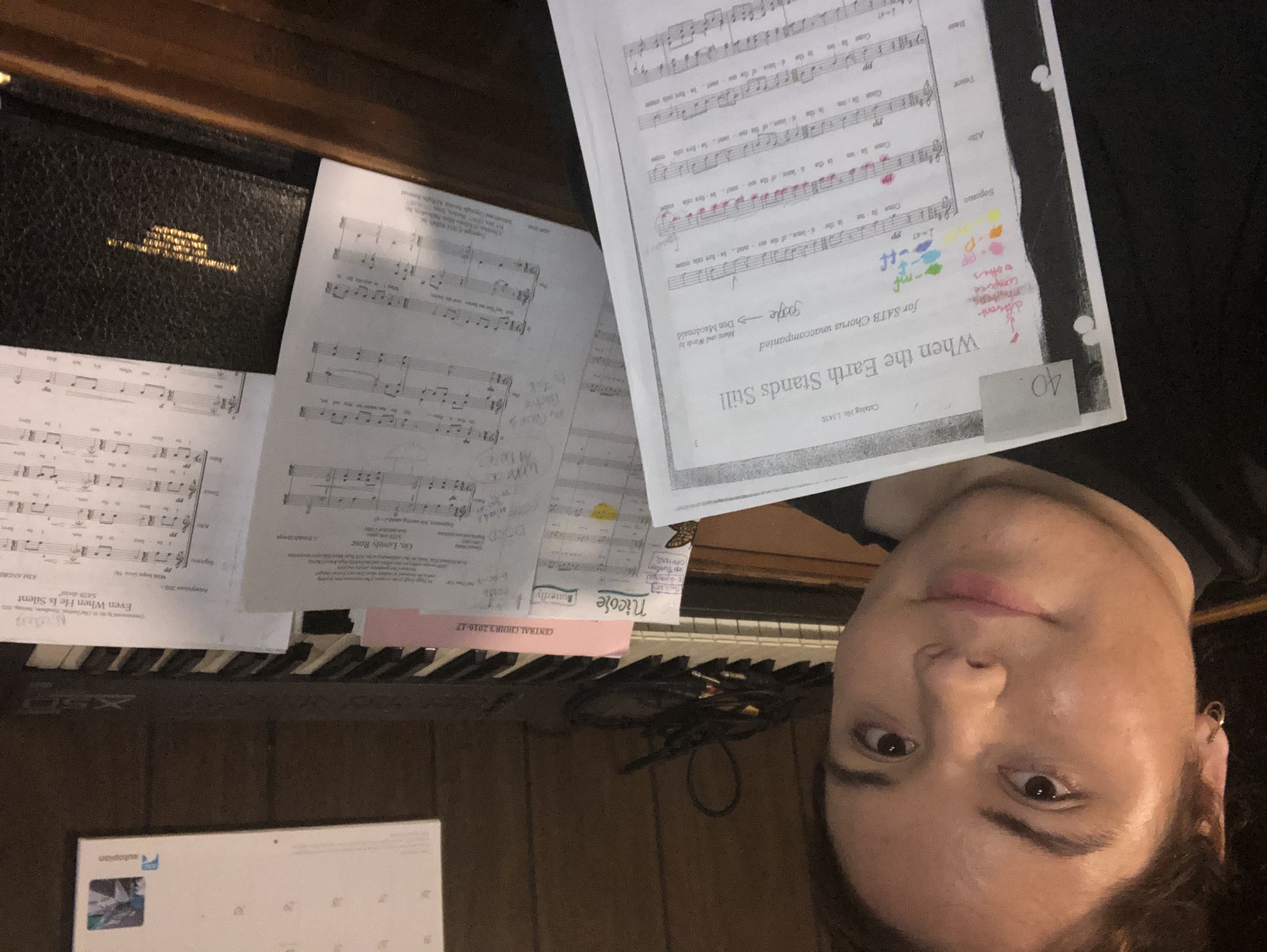
“How can walking be promoted as an impetus to a more active lifestyle, and how can the Volkssport Association of BC (VABC) encourage more young people to participate in their walking groups?” –Amir Malek
The purpose behind this research was to understand if walking could be a bridge activity to build a foundation that if a person relapses from a high-intensity activity lifestyle, they would not fall back into a sedentary lifestyle. The foundation of walking would act as a net where a person could land on and still live an active lifestyle. Someone living a sedentary lifestyle could build that walking foundation and use it as a springboard to a further active lifestyle. Almost all documents that were about physical activity found that a majority of Canadians are not meeting nationally and doctor recommended physical activity guidelines. Through field observation, it was revealed that track users engaged in walking were mostly aged 50+. Very few young people under the age of 18 were seen on the track. Therefore, it was found that the research question was valid and a worthwhile area of further study.
VABC is the provincial club of The Canadian Volkssport Federation (CVF) and the recommendations to promote more young people to participate in their organization is applicable to all provincial clubs including their parent organization. CVF is a nationwide non-profit organization that encourages Canadians to engage in non-competitive lifelong recreational sports with its motto being: Fun, Fitness, and Friendship.
Short-term recommendations suggested to VABC are:
- A redesign of the main website to attract and retain potential members, build rapport and trust.
- An implementation of a social media strategy build awareness and would attract younger people who get most of their web content through these platforms.
- Specialized walking events with doctors, family members, and to network would attract many people because of the social and physical benefits that could be attained.
Long-term recommendations would be:
- To reposition CVF to become a versatile and forward thinking recreational organization.
- Use the strength and contacts of their current membership to advocate for a national transportation strategy that would help make Canada a more walkable country.
